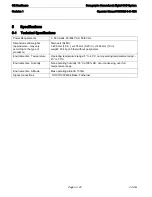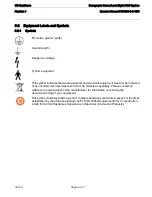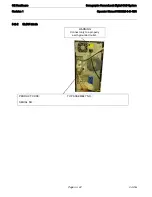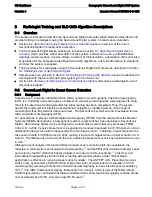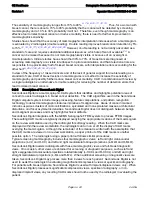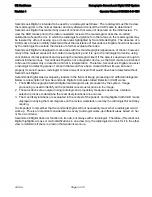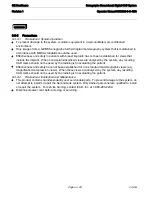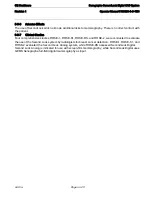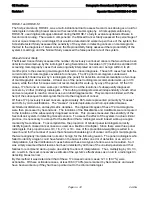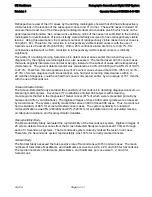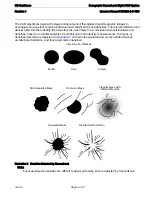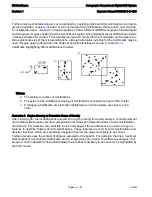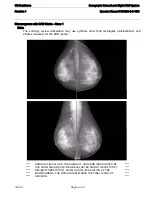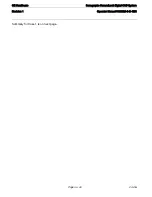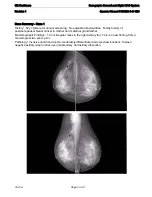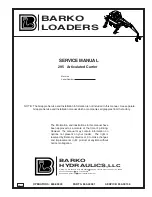
GE Healthcare
Senographe SecondLook Digital CAD System
Revision 1
Operator Manual 5189820-5-C-1EN
CAD.fm
Page no. 31
Retrospective review of the 310 cases by the truthing radiologists showed that 239 had retrospectively
visible lesions in the location of the subsequent cancer and 71 did not. These 239 cases included 174
cancers that at least one of the three panel radiologists deemed actionable plus 65 which none on the
panel deemed actionable. As a conservative estimate, all 64 of the cases not submitted to the truthing
radiologists for determination of lesion visibility were arbitrarily assumed to have retrospectively visible
lesions. Using this assumption, the maximum number of retrospectively visible missed cancer cases is
303 (239 + 64). Therefore, the reduction in retrospectively visible missed cancers with the use of
SecondLook is at least 28.4% (86.0/303). With a 95% confidence interval of 23.4% to 33.7%, this
conservative estimate of a 28.4% reduction in retrospectively visible missed cancers is clinically
significant.
The ability of a radiologist using SecondLook to detect cancer cases earlier than when they were
diagnosed by the original site radiologists was also assessed. The method used all 374 cancer cases
that were originally interpreted as normal or benign, instead of the subset of cases with retrospectively
visible lesions. The percent detected earlier was calculated as 23.0% (86.0/374) with a 95% CI of 19.0%
to 27.3%. Therefore, this retrospective study of 374 cancer cases showed that 23.0% (95% CI, 19.0% -
27.3%) of women diagnosed with breast cancer, who had prior screening mammograms within 9 -
24 months of diagnosis, could have had their cancers discovered earlier, by an average of 15.1 months,
with the use of SecondLook.
Screen-Detected Study
The Screen-Detected Study examined the sensitivity of SecondLook in detecting diagnosed cancers on
screening mammograms. Seventeen (17) institutions enrolled 906 subjects with screening
mammograms that led to the diagnosis of breast cancer (67% of which were represented primarily by
masses and 33% by calcifications). The digitized images of these 906 mammograms were processed
by SecondLook. The system correctly marked the cancer in 809 of these 906 cases. Thus, SecondLook
had a sensitivity of 89% for screen-detected cancer cases. The system sensitivity for clustered
microcalcifications was 95% (280/296) and 87% (529/610) for spiculated and non-spiculated masses,
architectural distortions and focal asymmetric densities.
Reproducibility Study
The Reproducibility Study evaluated the reproducibility of the SecondLook system. Digitized images of
25 screen-detected cancer cases from the Screen Detected Study were processed 10 times through
each of 3 SecondLook systems. The SecondLook system correctly marked the lesion in all cases.
Therefore, the SecondLook system reproducibility was 100% for correctly marked cancers.
Normal Study
The Normal Study assessed the false positive rate of SecondLook with 153 normal cases. The mean
numbers of total marks, MassMarks, and CalcMarks per case was 2.94, .2.29, and 0.65 for SecondLook.
The median numbers of total marks, MassMarks, and CalcMarks per case were 3, 2, and 0 for
SecondLook.




